12 Insider Facts About Collecting Super Bowl and World Series Rings
Collecting championship rings from the Super Bowl and World Series has become one of the most fascinating areas in sports memorabilia. These rings are more than trophies because they carry history, artistry, and personal stories that fans and collectors value deeply. Each piece reflects the journey of a team and the pride of a season while standing out as a symbol of victory. From rare details to unique designs, they continue to draw attention for both their sentimental and financial worth.
This post may contain affiliate links, which helps keep this content free. Please read our disclosure for more info.
Rings Are Made with Precious Metals and Stones
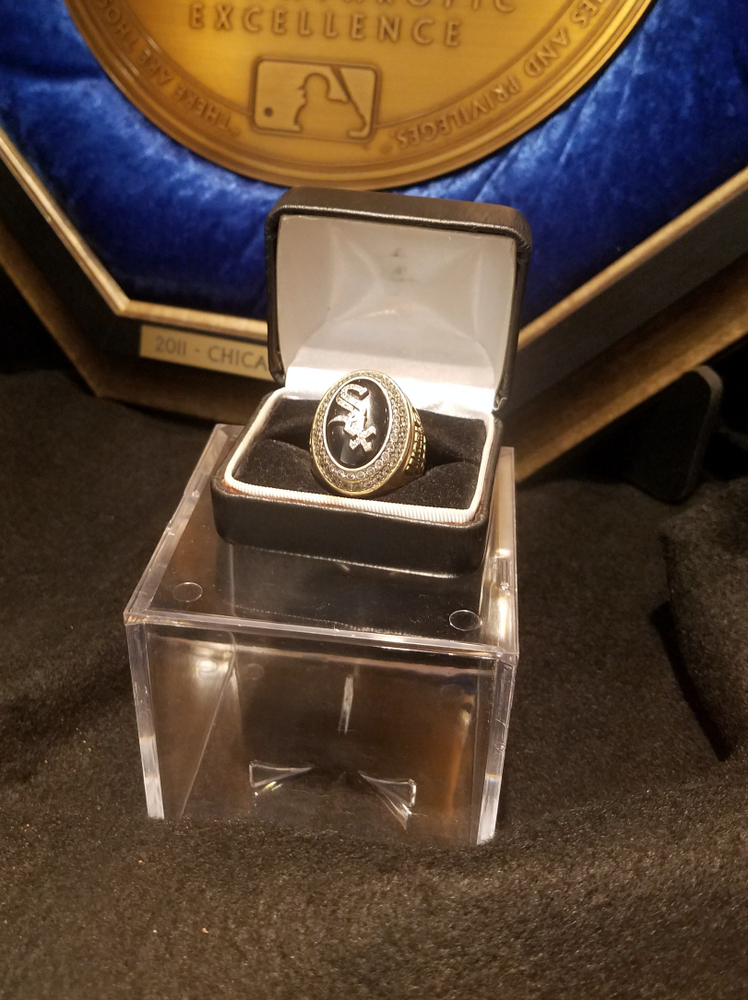
Super Bowl and World Series rings are designed with high-value materials such as gold, platinum, and diamonds. These materials are not chosen for decoration alone but for their durability and lasting brilliance. The sparkle of diamonds and the richness of gold make the rings instantly recognizable as trophies in jewelry form. For collectors, this combination of materials is what gives the rings both aesthetic and financial worth.
Each ring is carefully designed to showcase team logos, symbols, and sometimes even the season’s theme. The stones are set in patterns that often reflect the number of championships or victories. This makes every ring stand apart, with details that cannot be found in other pieces of jewelry. Collectors see them as treasures because they blend luxury and sports history in a single item.
Limited Production Increases Rarity
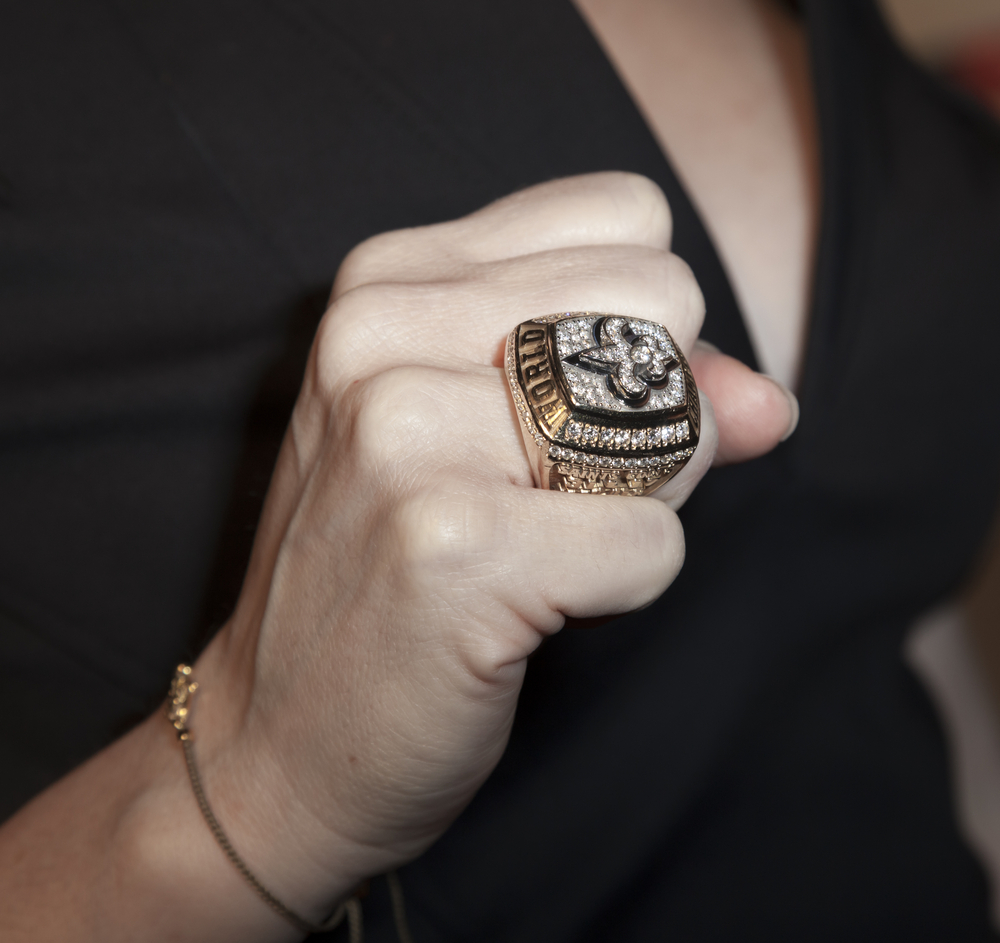
These rings are never produced in large quantities. Teams usually order just enough for players, coaches, and team staff, with a few extras for executives or display purposes. In many cases, the number of rings made does not even reach two hundred. This limited production instantly makes each one a rare collectible.
For collectors, the scarcity is part of the thrill. Owning a ring means holding something very few people in the world will ever have. Even within one team, not all rings are equal, as staff versions can be smaller or made with fewer diamonds. The rarity adds value, and the exclusivity makes them prized pieces of sports history.
Each Ring Is Personalized
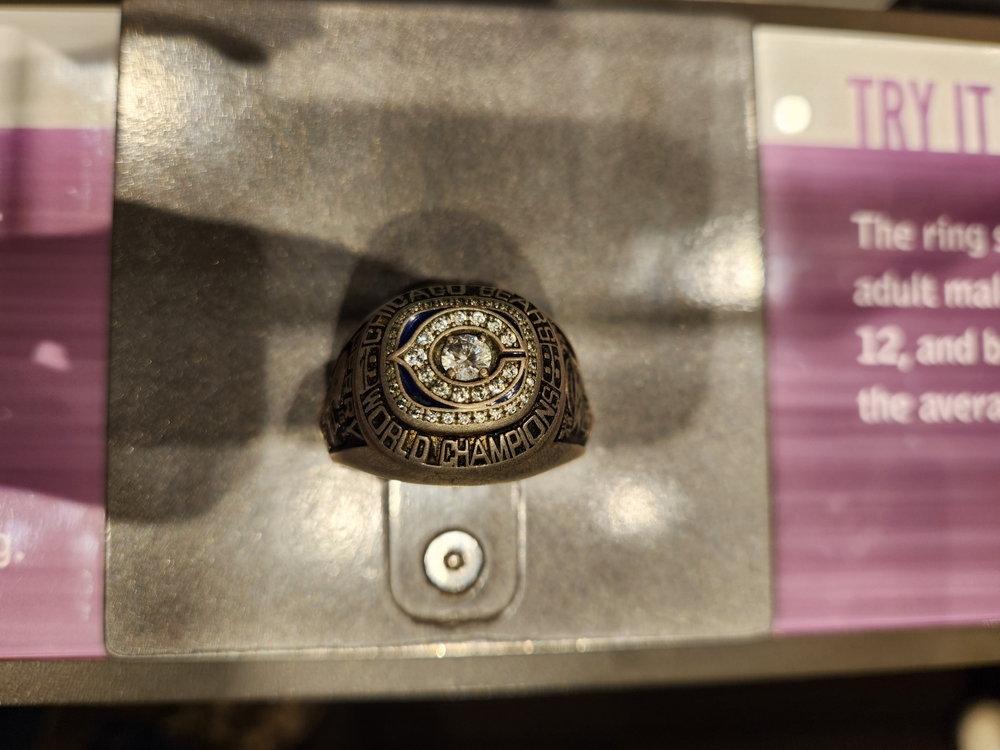
Every Super Bowl or World Series ring includes unique engravings. The player’s name, jersey number, and sometimes personal achievements are inscribed into the ring. No two are completely identical, which gives each one a personal connection to the championship.
Collectors value personalization because it ties the ring to a specific athlete. For example, a ring belonging to a star quarterback or legendary pitcher will carry far more appeal than one designed for a front-office member. This personal detail makes each ring more than a piece of jewelry; it becomes a direct link to an athlete’s legacy.
Rings Often Hide Secret Details
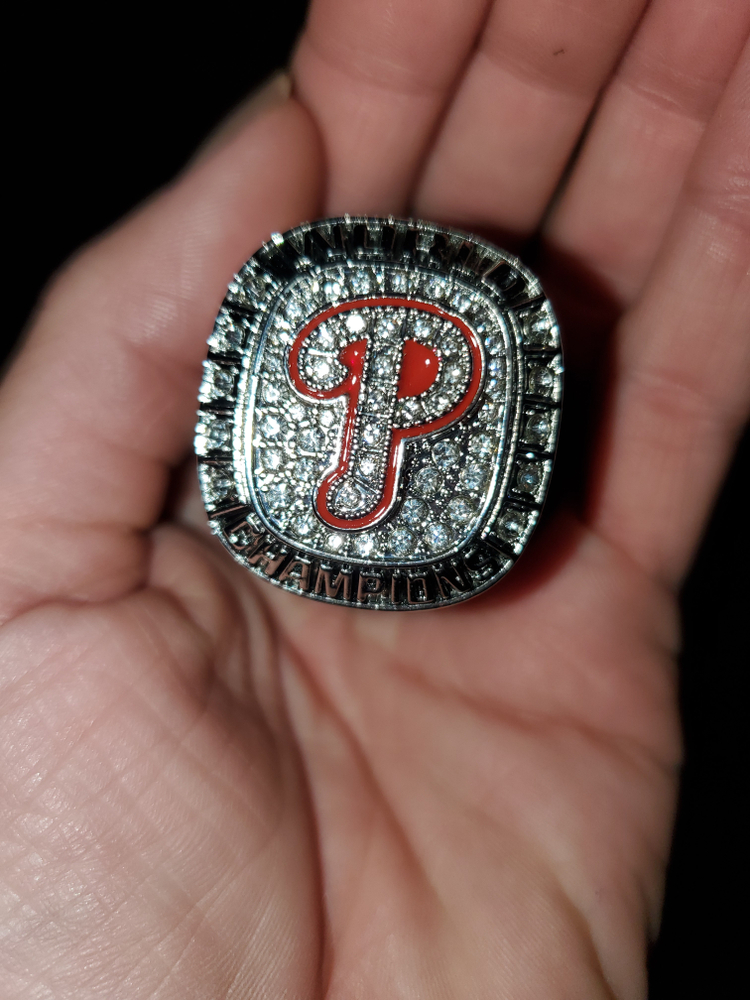
Many rings include hidden elements that tell deeper stories about the season. Designers may engrave the final score inside the band, include the home stadium layout, or even place small symbols that mark key plays. These hidden details often go unnoticed until carefully examined.
Collectors love these small features because they represent stories within the championship. A casual fan might see a flashy piece of jewelry, but a collector knows that hidden engravings hold the real history. These details add depth and make rings more than a public display of victory; they become private keepsakes filled with meaning.
Value Grows Over Time
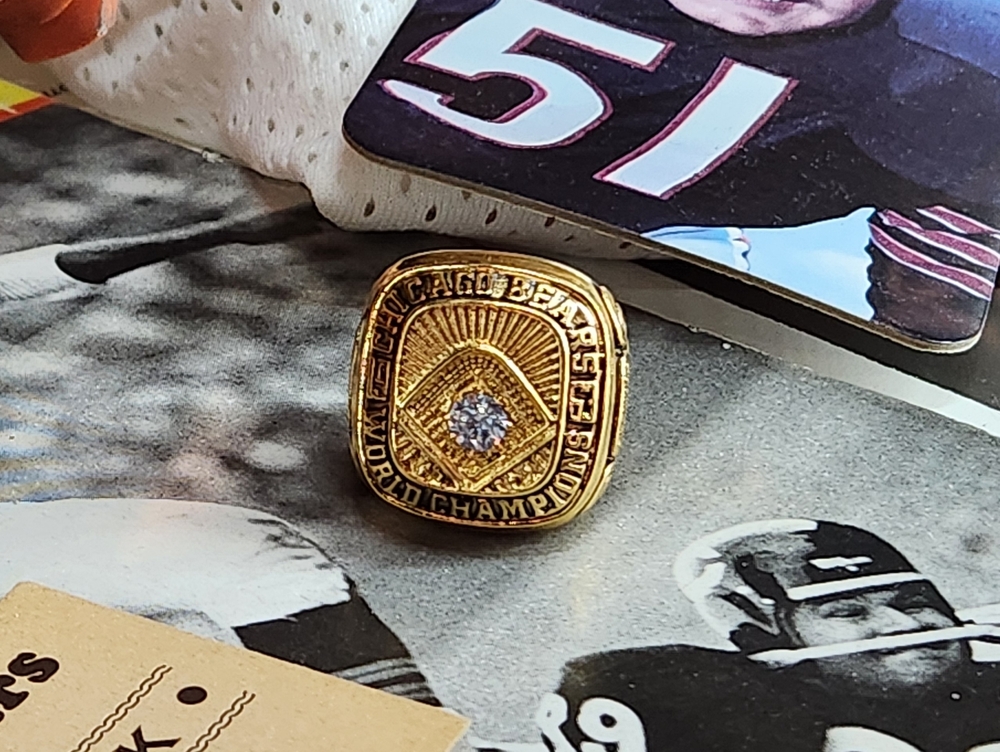
Like many collectibles, championship rings often rise in value as the years pass. Older Super Bowl and World Series rings from the 1960s, 70s, and 80s can sell for hundreds of thousands of dollars today. The combination of rarity, age, and historical importance drives up their worth.
Collectors see them as investments as well as pieces of history. While their sentimental value is priceless, the market has shown consistent growth for these rings. For many, this makes owning a championship ring both an emotional and financial decision.
Rings Differ Between Players and Staff
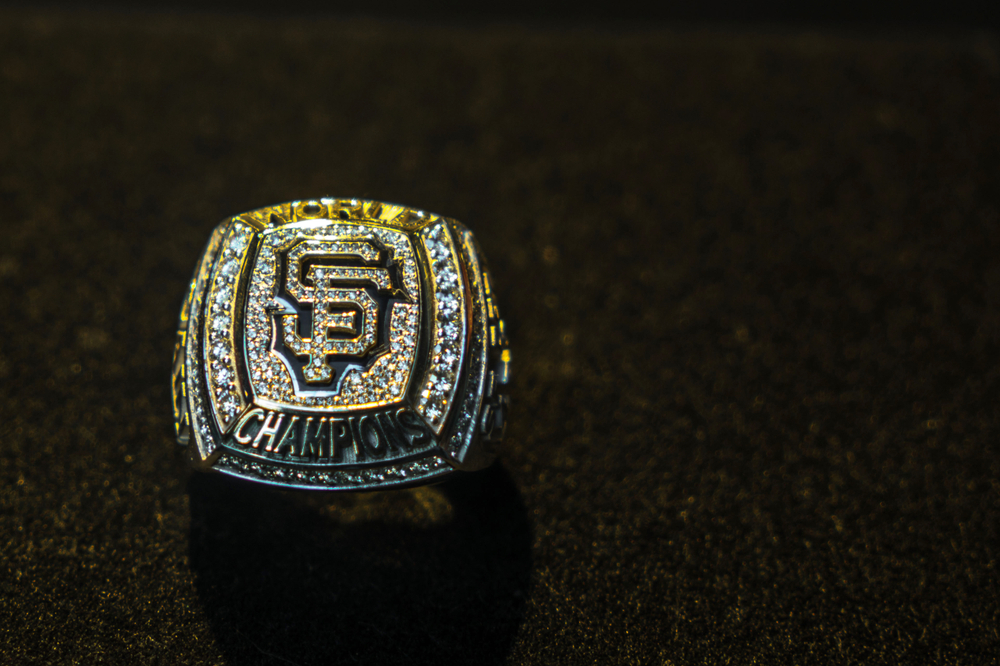
Not all rings are identical, even within one team. Players’ rings usually include the most diamonds and the highest-quality gold. Coaches and executives may receive slightly smaller versions, while staff may get rings with fewer details or alternative materials.
This tiered approach makes certain rings more desirable in the collecting world. A starting pitcher’s World Series ring will often fetch a higher price than one given to a stadium worker. Collectors look at who the ring was made for as much as the season it represents.
Auctions Are a Key Source

Most collectors obtain championship rings through auctions. Families of former players, or even players themselves, occasionally sell rings for personal or financial reasons. Well-known auction houses often feature them alongside jerseys, bats, and other memorabilia.
The bidding wars highlight how valuable these rings are. Prices vary depending on the player, year, and condition of the ring. For collectors, auctions offer a rare chance to own a piece of history directly tied to legends of the game.
Rings Have Grown in Size Over the Years
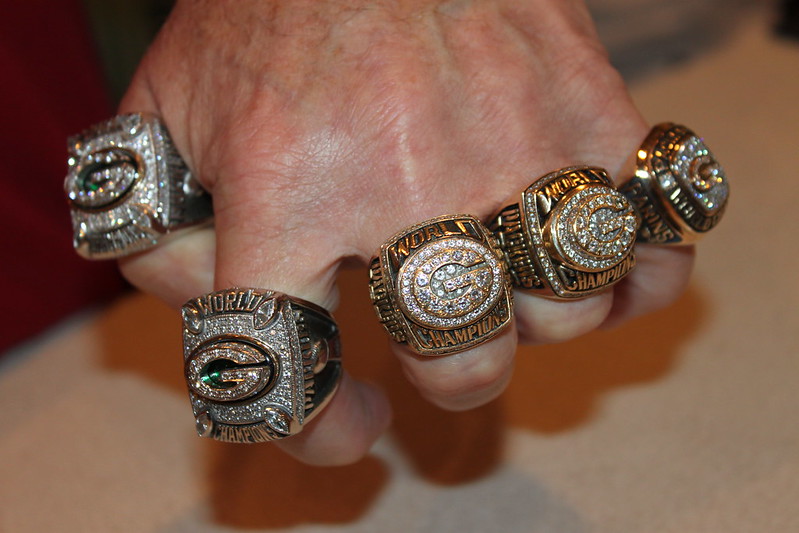
Early Super Bowl and World Series rings were relatively modest compared to modern versions. Designs from the 1960s and 70s were smaller, with fewer stones and simpler patterns. Today, rings are massive, weighing several ounces and containing hundreds of diamonds.
This growth reflects the rise of sports as entertainment and business. Bigger rings represent bigger achievements and carry a stronger visual impact. Collectors often compare older and newer rings to see how styles have changed, making the evolution part of the fascination.
Provenance Is Crucial
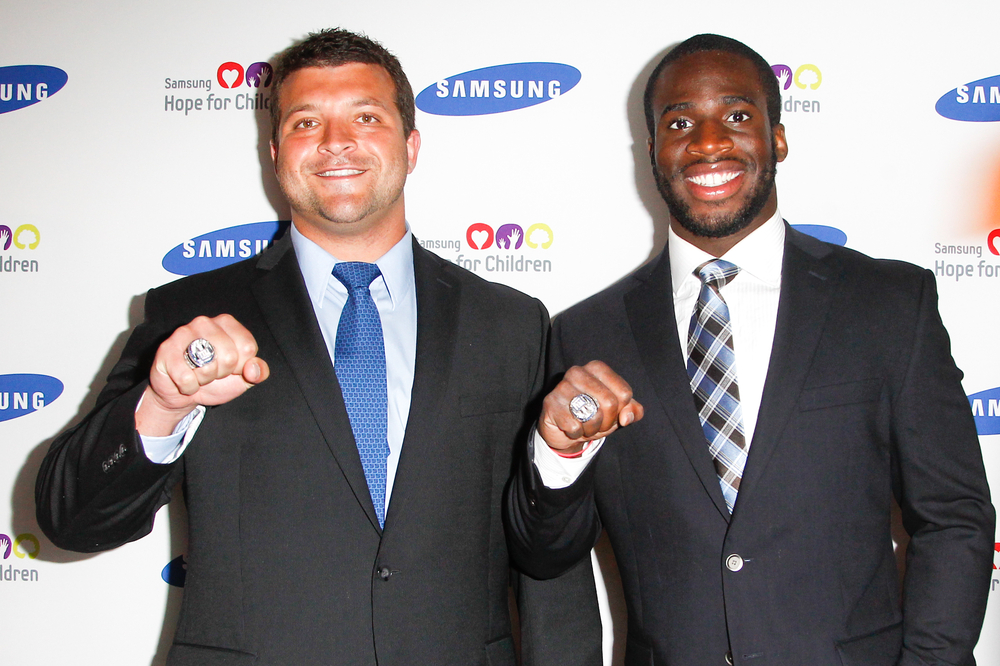
In the world of collecting, a ring’s authenticity is everything. Collectors look for proof of ownership, official paperwork, and certificates that verify the ring’s origin. Rings without documentation may still sell, but their value drops dramatically.
Because rings can be reproduced, provenance separates real history from replicas. Collectors spend time and resources confirming legitimacy before buying. Owning a ring with a clear history ensures it holds both sentimental and financial value.
Some Players Sell Their Rings
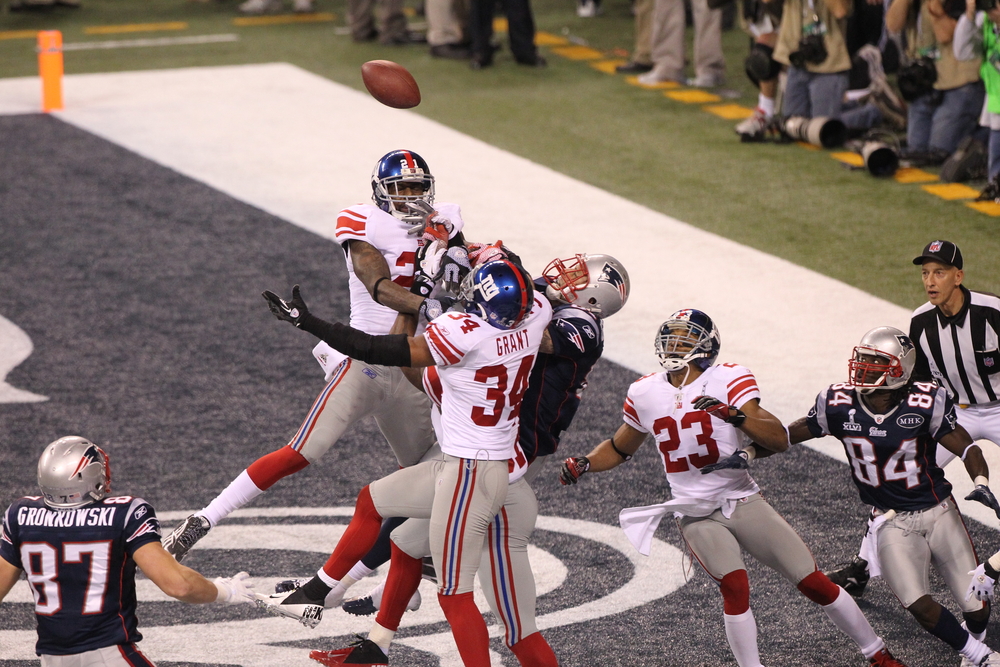
There are cases where athletes themselves have chosen to sell their rings. Reasons range from financial hardship to charity donations. These sales often gain media attention, adding to the ring’s story.
Collectors find these rings especially appealing because the sale is tied directly to the athlete. Owning a ring once worn by a star player feels like owning a piece of their journey. The stories behind these sales make the rings even more valuable.
Rings Represent Team Identity
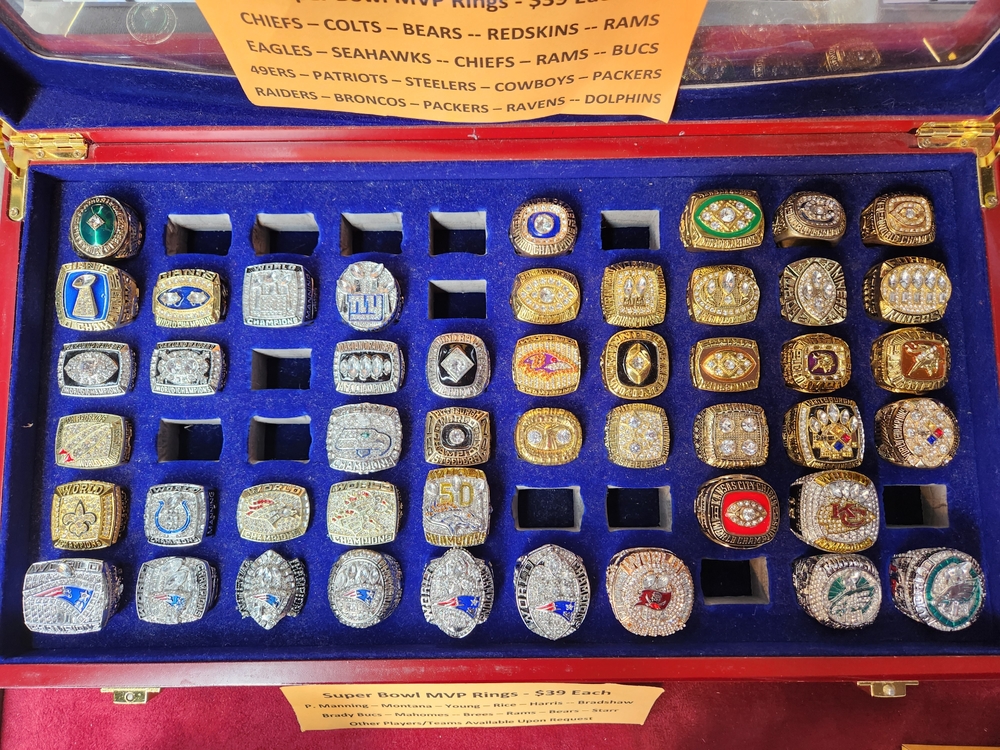
Designers put careful thought into connecting the ring with the team’s spirit. Team colors are often reflected through gemstones, and mascots or logos are worked into the design. Sometimes, even a championship rallying cry is engraved.
Collectors appreciate this because each ring becomes a mini time capsule of that season. Looking at a ring can bring back memories of a team’s personality and style. They serve as symbols of both the win and the culture of the team at the time.
Rings Can Weigh Several Ounces
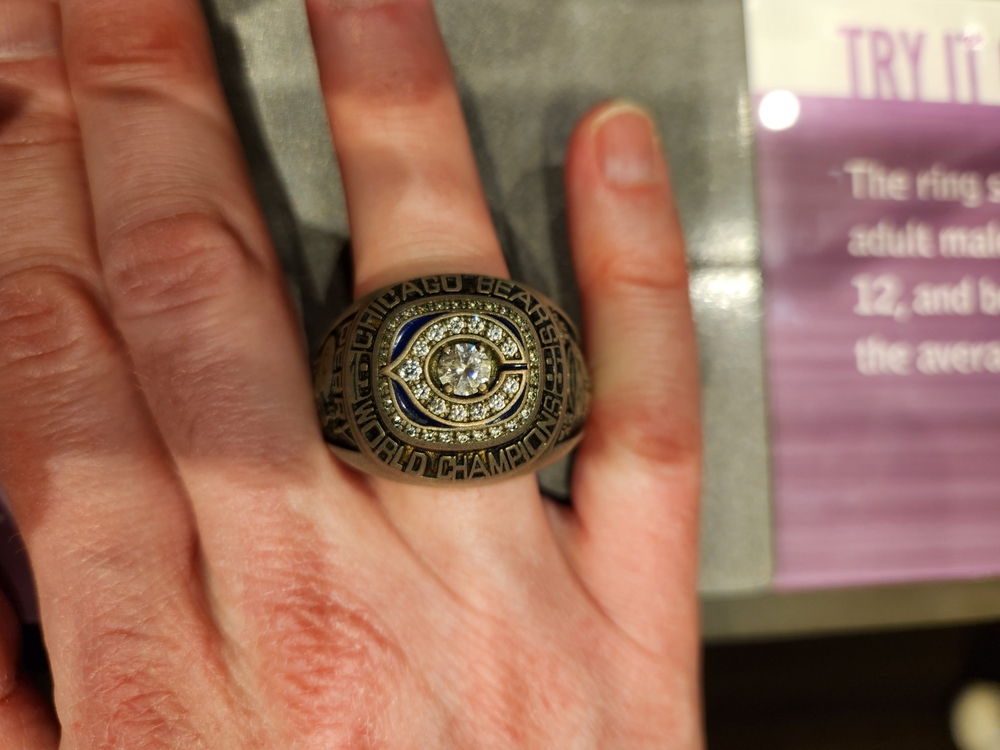
Modern rings are not light pieces of jewelry. Some weigh more than a baseball itself. The weight adds to their grandeur and reflects the level of detail packed into them.
For collectors, this heaviness represents the seriousness of the achievement. Wearing one feels less like putting on jewelry and more like carrying history. The weight is part of the physical reminder of the journey it took to win the title.
This article originally appeared on Avocadu.
